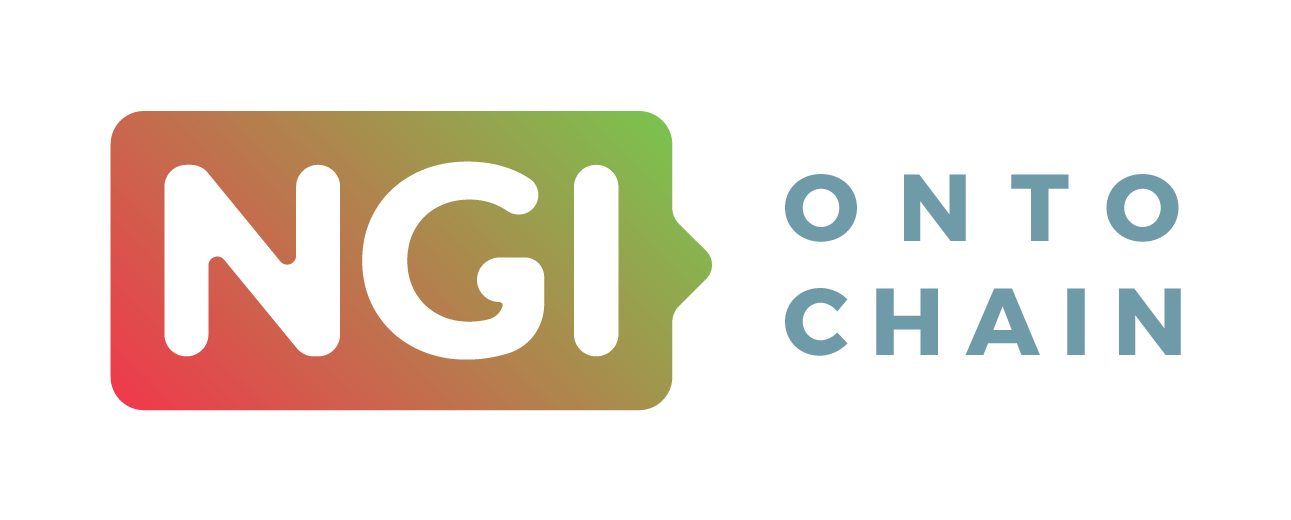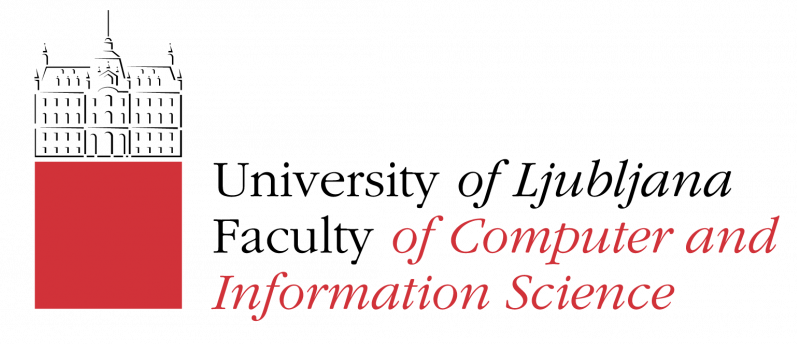What started as a research project aiming to make transactions on Ethereum faster and less expensive has evolve: The team behind Perun-X is now dedicated to empowering companies and their clients to use a cross-chain framework, instead of creating another ecosystem. Find out more about their work in this interview with team member Hendrik Amler.

How did you hear about ONTOCHAIN and what drove you to apply?
The F6S newsletter made us aware of the NGI ONTOCHAIN project. We are always looking forward to supporting ecosystems with our software and actively try to create opportunities for cooperation. The ONTOCHAIN open call fit perfectly into our vision of creating an interoperable blockchain landscape.
Tell us a bit about the story behind your team. What drives you and what brought you together?
Starting back in 2017 as a research project of the Technical University of Darmstadt, we started creating the Perun Framework in our effort to make blockchains more scalable and interoperable. We founded PolyCrypt, our spin-off of the TU Darmstadt in 2020. Our team has been working together on making blockchain more broadly applicable in business and everyday life in a decentralized fashion for a long time now.
Can you briefly explain your project and its contribution to the ONTOCHAIN software ecosystem?
With Perun-X we want to create a framework that enables cross-chain transactions of information (like ontologies) as well as value from one ecosystem to another. We are constantly upgrading our blockchain-agnostic framework to incorporate more and more ecosystems. With our tooling, we empower developers inside the ONTOCHAIN software ecosystem, as well as other supported ecosystems, to leverage cross-chain transactions to create new emerging and interconnected applications.
How did you come up with this idea? What’s unique about it? And what will be the end user benefits?
Initially the Perun project started as a research project with the mission to make transactions on Ethereum faster and less expensive. The word Perun is a reference to the god of thunder in Norse mythology and therefore references the lightning network on Bitcoin. However, our work has made us head for another direction: We empower companies and their clients to use our cross-chain framework instead of creating yet another ecosystem. With Perun-X, we want to tackle the occurrence of fragmentation due to more and more different ecosystems emerging.
You are contributing to ONTOCHAIN’s mission of delivering a new software ecosystem for trusted, traceable & transparent ontological knowledge. How is ONTOCHAIN contributing to your own ambitions?
ONTOCHAIN opens up the world of non-value chains and their communities up to PolyCrypt as well as companies open for dialogue in terms of their cross-chain future plans. Beside the materialization of our own development capabilities, we get access to the relevant partners and the prestige coming with an EU-funded project.
How do you assess the experience of working with other teams in the co-creation of the ONTOCHAIN ecosystem? What type of synergies do you want to explore?
So far, we have learned to better work together on the same level and to explore ideas without the imminent pressure to make a sale. Furthermore, getting access to a shared space for thoughts and ideas on a common goal is enjoyable and feels like a productive endeavour.
We would like to learn more about the ecosystems and communities built in other startups to better understand their needs in order to tweak and re-define our products and to grow to become a community-agnostic supplier of added value.
What are your expectations regarding the new software ecosystem that ONTOCHAIN will deliver and its contribution to the NGI priority areas?
Especially the NGI priority areas of decentralization, trust and collective intelligence speak to us.
It has always been PolyCrypt’s goal to not violate the vision of decentral infrastructure. Our projects are as trustless as we can realize them. We pay great attention to the so-called blockchain trilemma and are not ready to sacrifice decentralization for speed.
In terms of collective intelligence, we are learning that messaging plays a vital role in interoperability that is required to keep ecosystems decentralized. The information flow that we take for granted in Web2 is not as trivial in Web3. Thus, our vision was validated but also extended in terms of knowledge management within and by our projects.

 This project has received funding from the European Union’s Horizon 2020 research and innovation programme under grant agreement No 957338
This project has received funding from the European Union’s Horizon 2020 research and innovation programme under grant agreement No 957338




